Music enthusiast and cinephile: Jim Jarmusch
“If anyone tells you there is only one way, their way, get as far away from them as possible, both physically and philosophically.” ― Jim Jarmusch

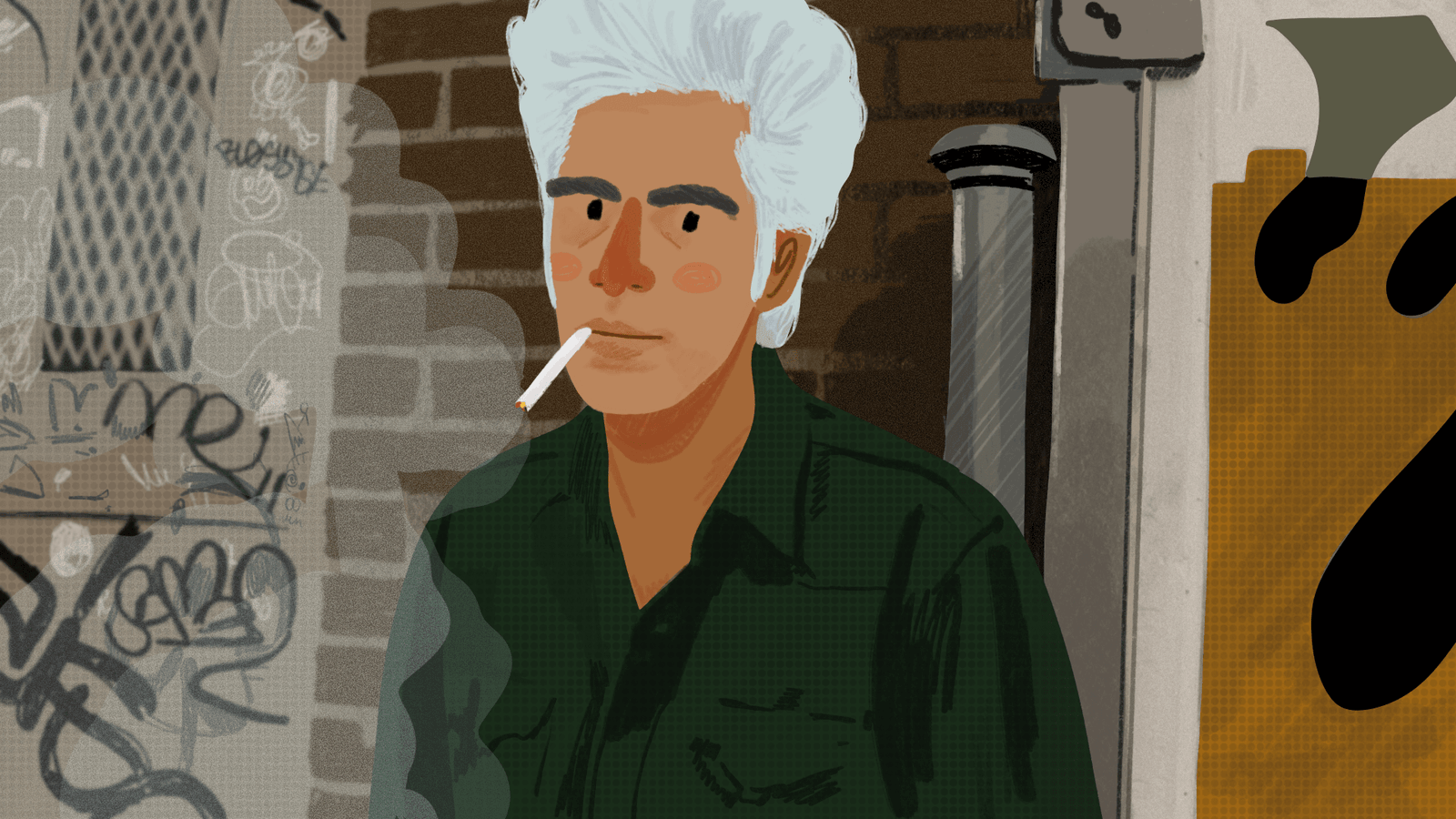
Get your coffee and cigarettes ready, because we continue to delve into the world of auteur cinema. Today's piece is filled with music and boundless love of free art, which means we'll be talking about Jim Jarmusch. Say no more and let’s dive into the incredible world of his filmmaking.
Disclaimer: our blog has no academic purpose behind it, because we are viewers just like you. Filmustage does not aim to educate, but to gather a close-knit film community around us. We can be wrong about certain statements - and that is fine. We are open to discussion and criticism. The main thing is to love cinema and talk about it.
Each director has a different idea of how the script will look on the screen. That's why being able to create the image of your film in pre-production is extremely important. Visualise how you see all the elements in your script with Filmustage's Visual Reference board.
Art by @nadi_bulochka
Biographical sketch.
James "Jim" Jarmusch was born on January 22, 1953, in Akron, Ohio. After graduating from high school in 1971, he studied journalism at Northwestern University in Chicago for a year, then changed his major to English literature and went to continue his studies in Paris. While in Paris he was greatly impressed by French cinema and was a frequent visitor to the French Cinematheque (the world's largest film archive).
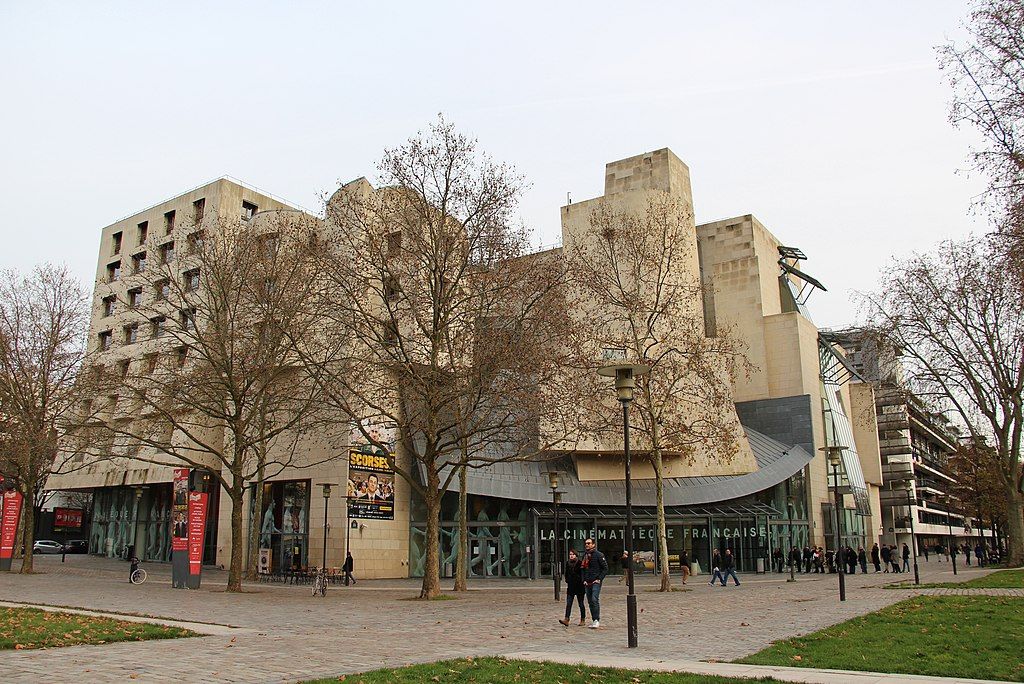
After his return to the United States, Jarmusch transferred to Columbia University where he received a BA in English Literature in 1975. The love of cinema acquired in France led Jarmusch to New York University's school of film.
Jarmusch gained his first shooting experience on the set of the striking documentary "Lightning Over Water" (1980). At the same time, Jarmusch began work on his feature debut "Permanent Vacation". Being filmed for 15 thousand dollars on a sixteen-millimeter the film picture was released in 1980 and received high marks from critics.
Jarmusch's second film "Stranger Than Paradise" (1984) won him the Caméra d'Or Award for Best Debut at the Cannes Film Festival. Subsequently, "Stranger Than Paradise" became one of the most important films in American independent cinema. Two sequels ("Down by Law" (1986), "Mystery Train" (1989)) followed, forming a kind of trilogy about the view of America.
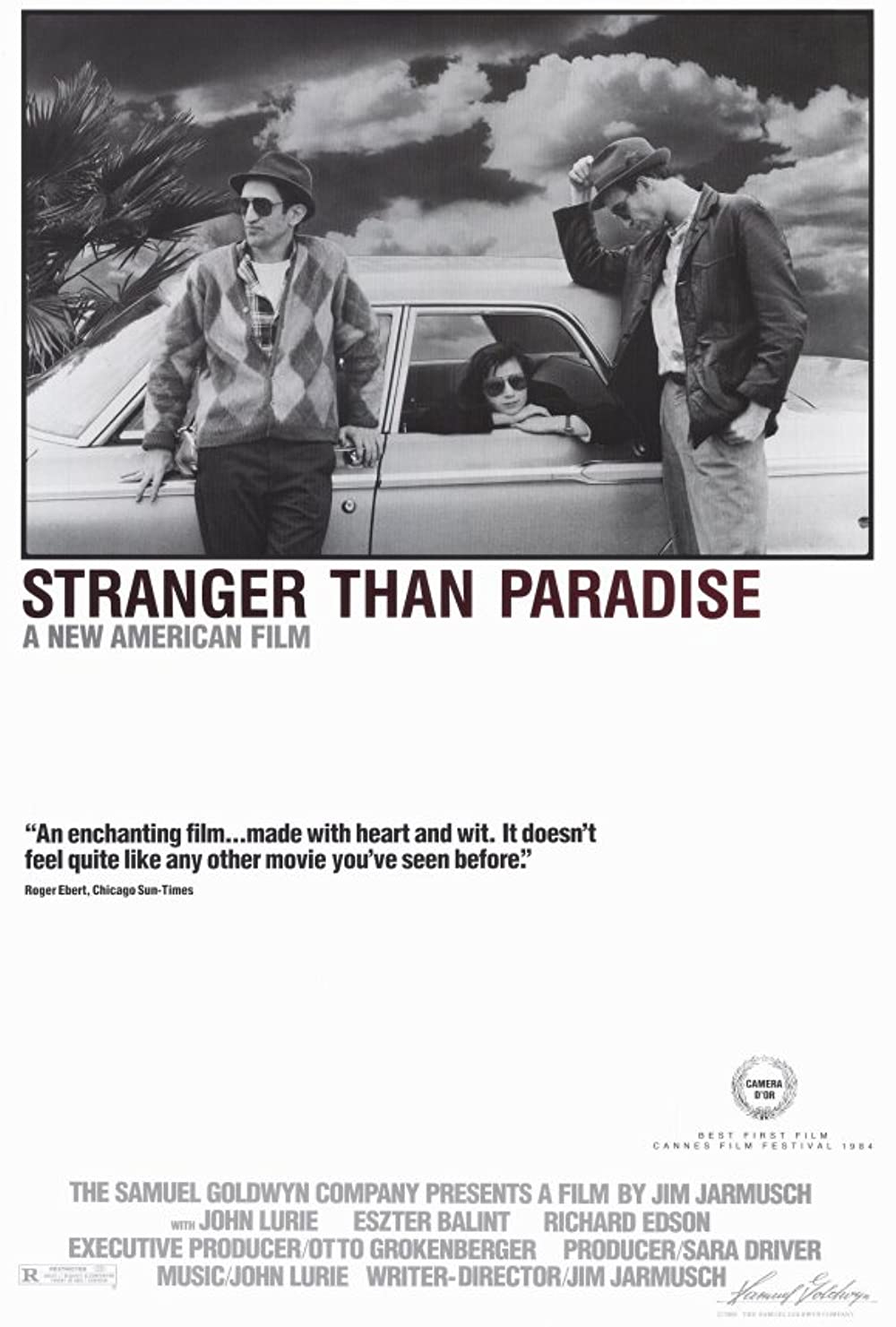
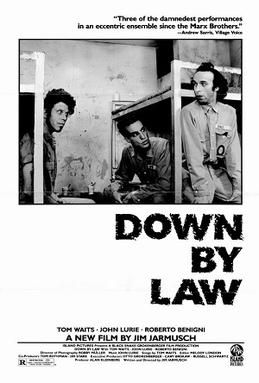
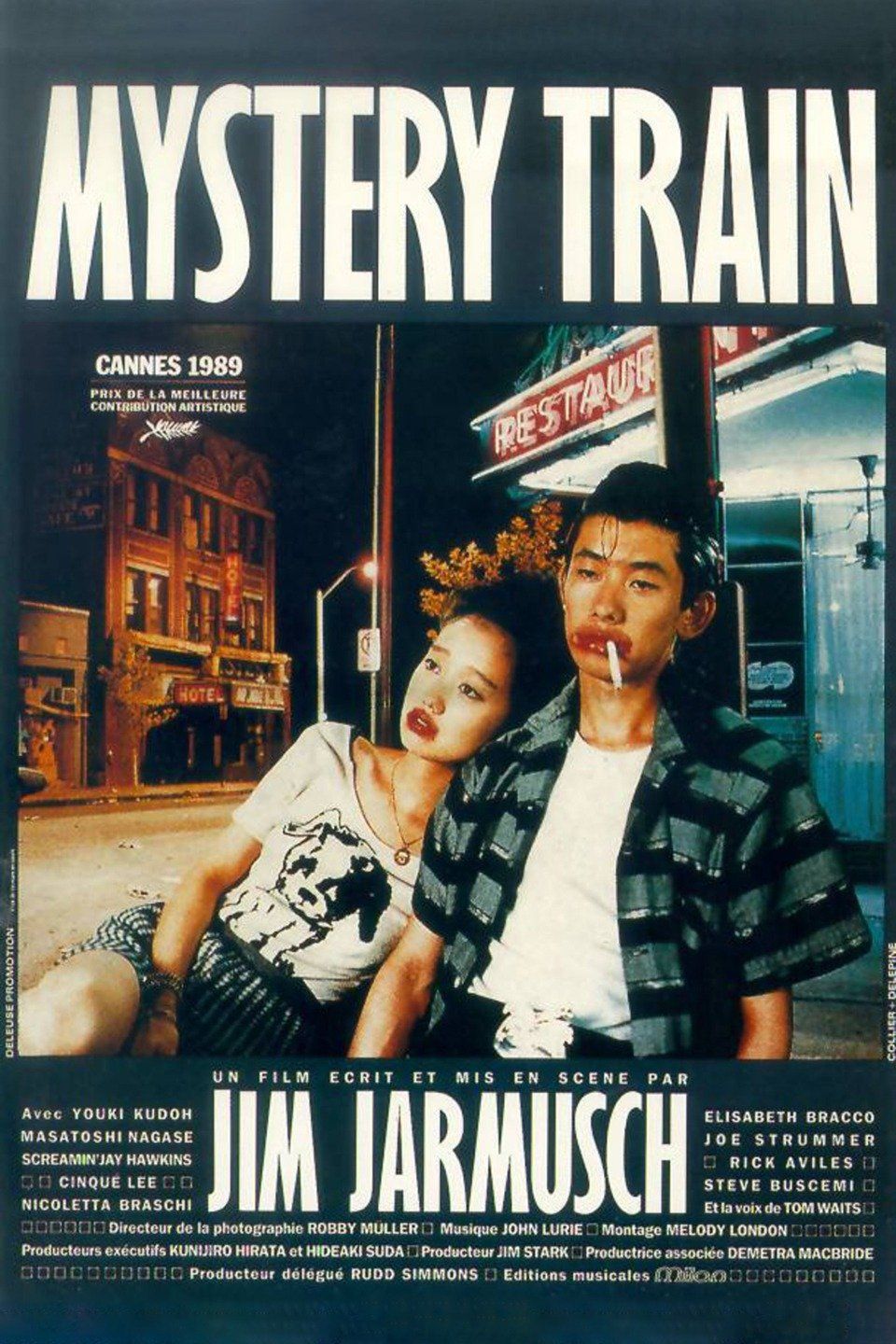
Jarmusch's journey was further marked by experiments and declarations of love for cinema. For example, the long-running project "Coffee and Cigarettes" (2003) brought together 11 novellas where the director's favorite musicians and actors were drinking coffee and smoking over conversations. The mystical western "Dead Man" (1995), the more mainstream "Broken Flowers" (2005), and the vampire love story "Only Lovers Left Alive" (2013).
How Jarmusch works with music in his films
In Jarmusch's films, music flatly refuses to sound in the background. It actively participates in the action, has the most direct influence on the characters, and often subordinates the entire action. We will look at only a few works, mostly early ones, to form a coherent understanding of exactly how Jarmusch integrates music into his films. We do not, for example, consider "Coffee and Cigarettes" and "Paterson" (2016), because music does not play such an important role in them.
Permanent Vacation.
Jarmusch came to film from music. He began his career in New York at the turn of the ‘70s and ‘80s, when the underground movement, which went down in history as "no wave" was raging. Everyone who could and could not play instruments formed bands and created something rhythmic, at the crossroads of punk and jazz.
Jim Jarmusch was not an exception and played rattling post-punk in a band called The Del-Byzanteens for a couple of years before he turned to be a film director.
As we mentioned, Jarmusch's first directorial effort was "Permanent Vacation", a mesmerizing, almost plotless sketch of the life of a New York slacker. Jarmusch and his comrade John Lurie created the soundtrack.
The director accompanied the views of a bleak, almost deserted New York with an eerie hum, which sounds like nothing, but at the same time fills in the background. David Lynch chose a similar sound pattern for his debut film "Eraserhead" (1977). There is, however, a difference in these soundtracks: unlike Lynch, Jarmusch sought not to frighten the viewer, but to convey to him a sense of desolation, loneliness, and abandonment. This monotonous build-up works surprisingly well to make a surge and release of emotion.
The flow of the film explodes with a scene where the main character is dancing to a piece by Earl Bostick, the star of American jazz, rhythm, and blues. An intense stream of sounds pours out of the turntable, and the nervous saxophone part leads the hero into a frenzy of excitement. The scene lasts a long time: Jarmusch takes his time, he lets the hero enjoy the improvisation to the fullest - as much as the director himself would have enjoyed it.
Already in his debut, the director showed that music is central to his cinematography.
Stranger Than Paradise.
A girl wanders the cold, uncomfortable streets of New York. A suitcase in one hand and a record player in the other. From the speaker comes a hoarse yell.
"I put a spell on you" is the most famous song by the great bluesman Screamin' Jay Hawkins. The song was originally meant to be a love ballad, but then the recording members got drunk and in a drunken frenzy produced something else entirely: a jerky rhythm, a choking saxophone solo, and wild screams from the singer himself. Simply put, perfect for the unpretentious streets of New York.
The rest of the music for the film was composed by John Lurie, who also plays one of the leading roles. "Stranger Than Paradise" would have suited a jazz soundtrack perfectly, but instead Lurie wrote music clearly inspired by the works of Hungarian composer Béla Bartók. It also makes sense in its own way, since the film's characters are Hungarian immigrants and they look at America through the eyes of outsiders.
Down by Law.
Jarmusch's third film begins and ends with the songs of Tom Waits. In the film itself, he plays one of the main roles, a loser DJ who is foolishly put behind bars. Note that Jarmusch has cast musicians in leading roles in each of his films, which also emphasizes a kind of authentic undergrounds.
Wates is the possessor of an incomparable sandpaper voice. His creative path is clearly characterized by constant experimentation. For example, in the ‘80s he radically changed his style - switched to experimental music making and found a sound which he himself called "junkyard orchestra".
Jarmusch met Tom Wates during this experimental period, and his avant-garde music suited the young director's black-and-white films in the best way possible.
"Down by Law" is set in New Orleans, and for the first few minutes of the film the viewer observes the panorama of the dilapidated streets of this Louisiana city to the accompaniment of Waits' breathless mamba "Jockey full of bourbon". The characters have not yet appeared on screen, the story has not yet begun, but the film has already started, and the right mood is set unmistakably.
Further action is accompanied by more habitual Jarmusch jazz compositions. But when the film's characters' paths finally part, "junkyard orchestra" comes on again, this time with the bitter ballad, played and sung as if in a "drunken" manner.
In this case, the songs of Tom Waits lift up the story and give this half-criminal, half-absurd comedy a bitter taste of tragedy.
This is Jarmusch's creative handwriting with musical works. It's remarkable how unmistakably the author selects soundtracks for his films: you can either love or hate this music, but it always gets in the mood of the picture and sounds authentic. It's fair to say that if you don't like the music in Jarmusch's films, you don't like his films.
Narrative Motifs and Tropes
Many have noted that Jim Jarmusch may be America's last great auteur filmmaker. We do not want to argue or agree with this statement, because we realize that Jarmusch's work is very difficult to characterize in any applied or technical way. The meanings of his films are always elusive, and the motives of the characters are not fully understood. That's why we want to try and find out in what way the director makes the audience get lost in the stream of minimalistic narration.
A Path Without Purpose
Jarmusch prefers to scuffle and confuse his characters with a mediocre movement from one point to another. In this way, the hero's journey becomes an unpredictable adventure utterly devoid of purpose. In doing so, the director speaks a very clear language, showing that people are not always driven by any cause. That is why Jarmusch's pictures are full of melancholy.
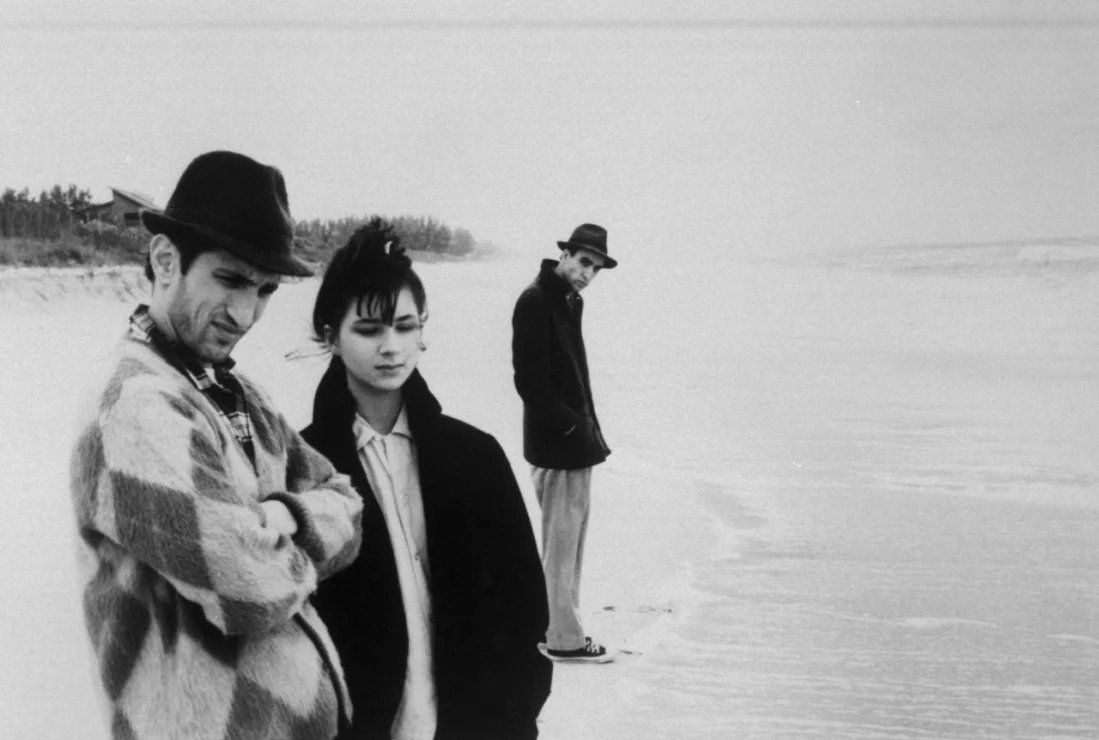
Hence, the image of the car appears in Jarmusch's cinematography. The car does not appear as a means of transportation, but as an object reinforcing the metaphor of the journey. Obviously, the car is slower than the airplane in terms of long ranges, but the characters in, let's say, "Stranger Than Paradise" still choose wheels to travel to another state. The beginning of their journey is as illogical as their choice of vehicle, so the whole film feels like an absurd tragicomedy.
The motif of a journey without purpose can also be seen in the director's other pictures: in "Dead Man", the hero literally finds himself in the middle between life and death. William Blake, played by Johnny Depp, is on the border between worlds, which Jarmusch emphasizes with double exposition and visual juxtapositions of the protagonist with such symbols of death as a skull or a corpse.
America through different eyes
We've already emphasized that the first few Jarmusch films formed what is known as a trilogy of a foreigner's view of America. And certainly, this director was not the first to try to immerse viewers in authentic American landscapes, but Jarmusch was the one who wove his characters into the image of the city with all the tabloids, polluted streets, and ubiquitous concrete.

Jarmusch captures the environment and the people in it through traveling: on the one hand, the rectilinear camera movement, repeated from film to film, places the characters in the overall landscape. And on the other hand, the long shot composition allows us to show the deprivation of the characters, to remove them from the general space. This is how Jarmusch, along with his characters, looks at his homeland through the eyes of an outsider. He thinks in terms of spaces, and that is why, at times, when the characters leave the frame, the director likes to stand still for a couple of seconds in front of the deserted landscape. Thus, the artistic image disintegrates and it is the city, the field, the roadside café, etc. that comes to the fore. Jarmusch gives his films a documentary quality and so the landscape becomes a full-fledged protagonist that Jarmusch is willing to explore with documentary interest. Just like a tourist.
Equally interesting is that the characters portrayed in this director's films are not just aliens in this world, but anti-heroes in the truest sense of the word. A young Western character who can't even shoot, a bus driver or an elderly "Don Juan" are all hardly fit for the role of protagonists. The immediacy of Jarmusch's characters can hardly be called social protest, cause they, like the director himself, take the position of observers.
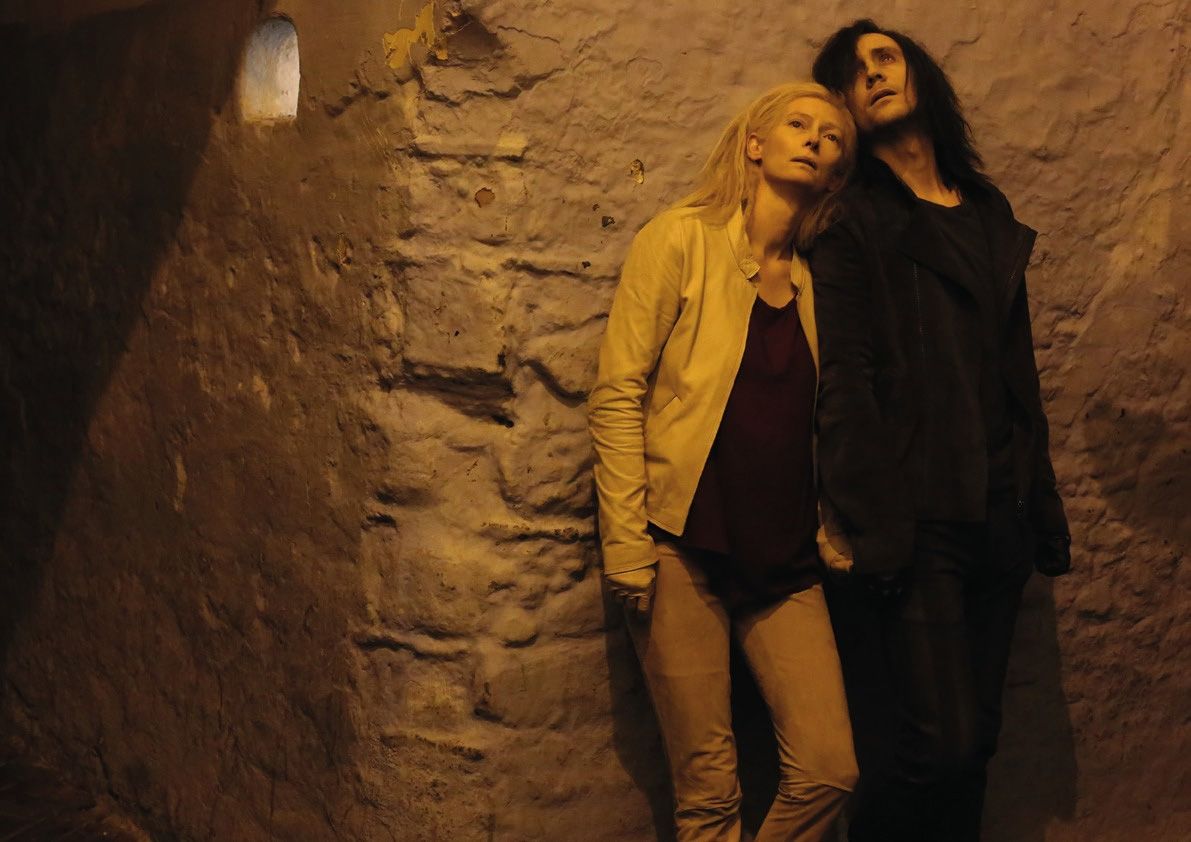
Tom Waits, Joe Strummer, Iggy Pop, and many others are not movie stars, but they all play title roles in Jarmusch's films. They carry the plume of imagery that they represent in real life -- so these characters are not active participants but observers, careless travelers, perpetual vampires, and silent killers.
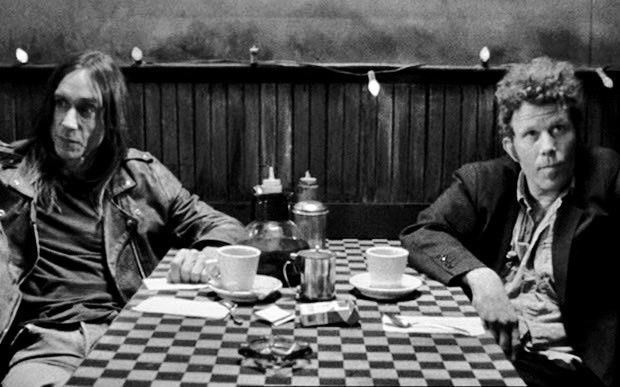
Director poet
Jim Jarmusch has repeatedly stated that he has never been interested in the traditional narrative structure: the plot, the climax, and the denouement. He argues back: the key to a successful journey is that you never know where it will take you. Jarmusch's cinema certainly obeys its own internal rules. For example, his films are filled with many images and metaphors, which he mixes and swaps from film to film, each time creating a unique work. He is like a poet, able to raise similar motifs but in different languages. Obviously, for this terrific director, the variations with which the story can be told are far more interesting than the story itself.
Coffee, cigarettes, extravagant costumes, suitcases, cars, books, and tables at which the characters engage in conversation - these are Jarmusch's set of lines. Each of these characteristic elements is important and presented differently in each of the director's films. The particularly poetic nature of his cinematography can be seen in "Coffee and Cigarettes" (2003), which consists of 11 heterogeneous novellas.
In each episode, the characters do nothing but talk, drink coffee, and smoke. Nevertheless, in each novel, Jarmusch subtly references the viewer to his past films: Roberto Benigni unwittingly repeats his role from "Down by Law"; the bumbling hero of Steve Buscemi rhymes with Charlie from "Mystery Train" (1989); and the portrait of Henry Silva, who played in "Ghost Dog: The Way of the Samurai" (1999). All of these countless "Coffee and Cigarettes" images are linked by a chessboard, on which a myriad of chess combinations are known to be playable.
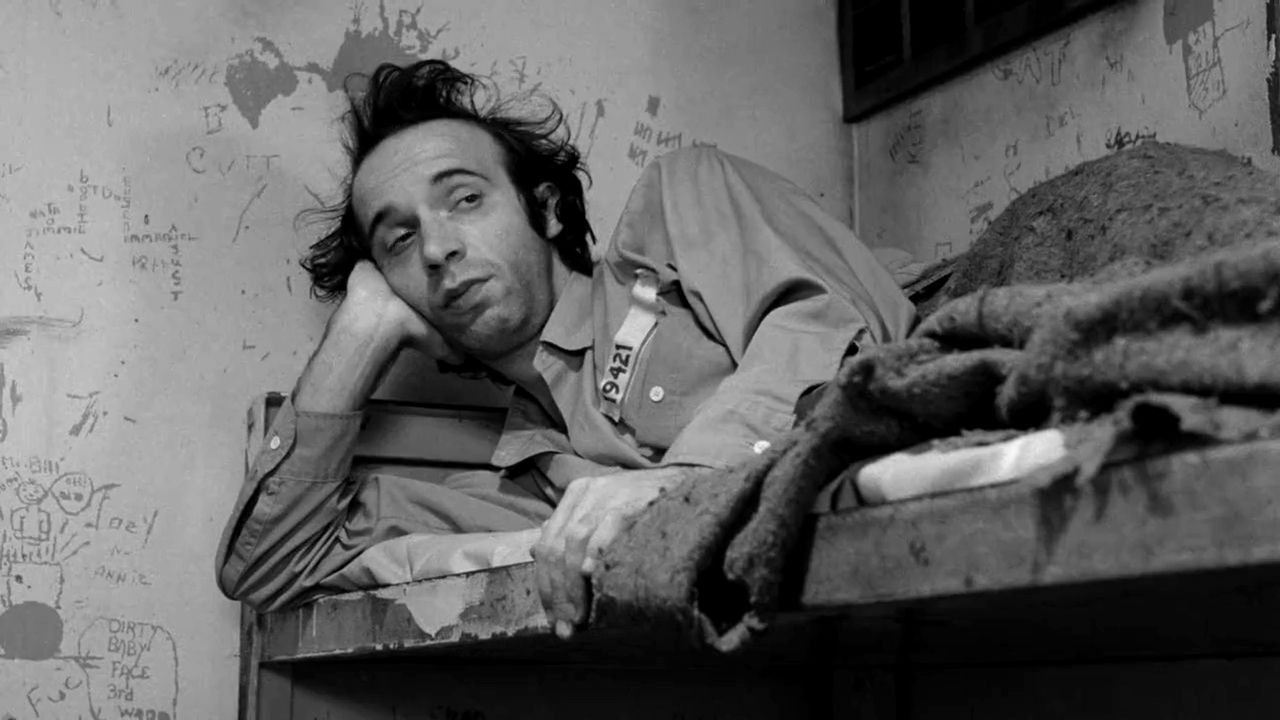
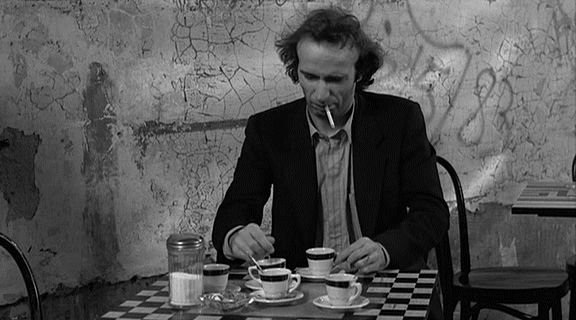
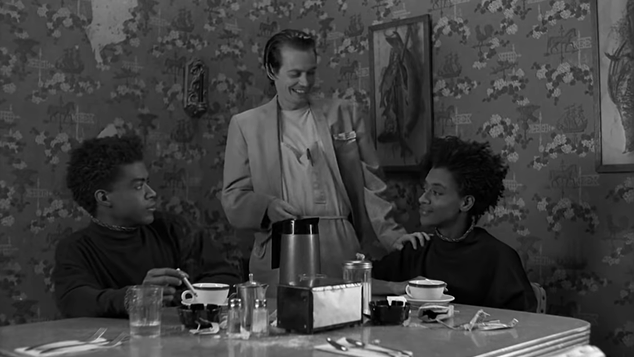
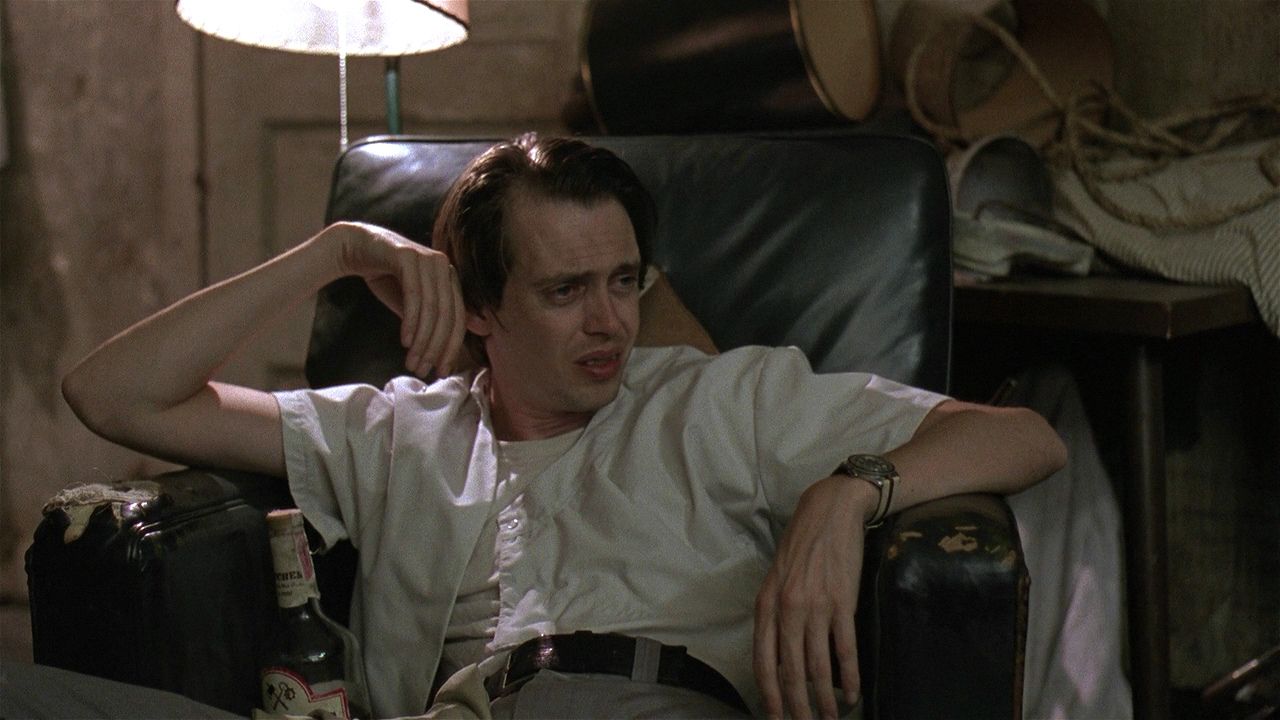
Jarmusch's style, like a game of chess, is unpredictable. It is difficult to put it in the framework of a review or film criticism. That's why we weren't going to unequivocally define exactly how Jim Jarmusch makes his movies. However, the minimalistic picture, unhurried narration, and urban landscapes somehow make us fall in love with cinematography all over again, and as you already know, that's what we appreciate the most.
From Breakdown to Budget in Clicks
Save time, cut costs, and let Filmustage’s AI handle the heavy lifting — all in a single day.